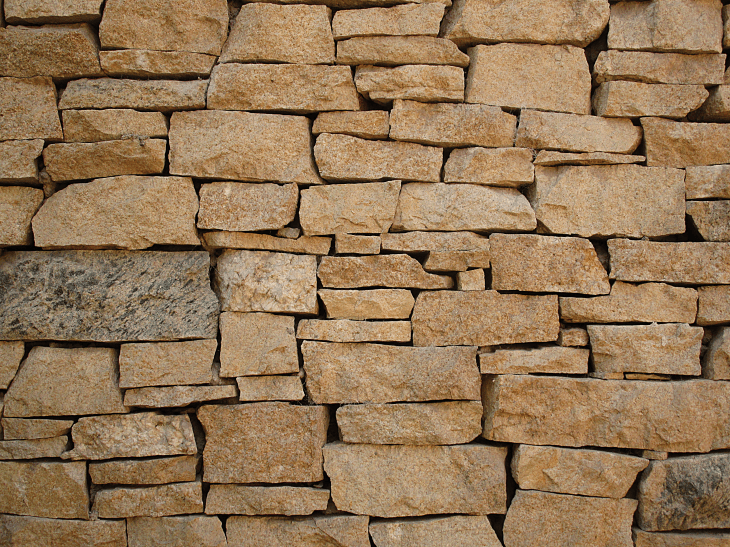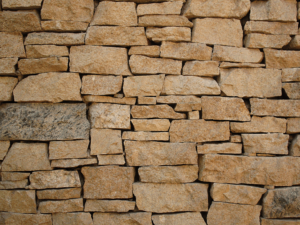Junk Removal services offer a convenient and efficient way to declutter your space, making it more functional and aesthetically pleasing. In addition, these companies usually follow environmentally conscious procedures to ensure that items are recycled, donated, or properly disposed of. Contact Junk Removal Murrieta for professional help.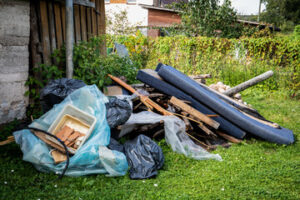
Whether you need an estate cleanout, foreclosure cleanup services, or simply spring cleaning, same-day junk removal is the ideal solution for your needs.
Junk removal services cost money, but they can be cheaper than you think. You can get a free estimate by visiting a junk removal company in person and asking for a quote. This will allow you to compare actual pricing instead of the rough guess-timates that many junk removal companies give over the phone. This way, you can make the best decision for your specific needs and budget.
Clutter not only affects the physical appearance of a space, but also has a mental impact on your stress levels. In addition, it can pose a safety risk. The presence of sharp objects, chemicals, or other hazardous materials can increase the risk of accidents. Same-day junk removal services can help declutter your home or office quickly and efficiently, reducing the risk of damage to property and personal injury.
Junk removal is different from regular trash pickup, as it focuses on large items such as furniture, bulky waste, and electronics. It is also a good idea to choose a junk removal service that follows environmentally conscious practices. This will ensure that your junk is recycled, donated, or disposed of properly.
Junk removal services are ideal for spring cleaning, summer clean ups, and fall or winter clean outs. They can take care of everything from garage or basement clean outs to appliance disposal and more. They can even assist with commercial cleanups and estate clean outs. In addition, junk removal services can also provide storage units for your unwanted items. These storage units are great for moving or remodeling projects, and they can also be rented on a monthly basis.
Time
Cluttered spaces don’t just look unsightly; they can also create health hazards by fostering dust and mold, reducing air quality, and creating a breeding ground for pests. Same-day junk removal services offer a quick, efficient way to clear out your space and promote a healthier living or working environment.
Unlike trash collection, same-day junk removal companies can haul larger items that ordinary garbage disposal cannot take. In addition, these companies follow environmentally conscious practices to ensure that your waste is recycled, avoiding landfills and contributing to sustainable waste management.
Junk removal is also ideal for spring cleaning and other cleanup projects. It takes less time to make room for outdoor gear and other seasonal items when clutter is cleared out before it piles up. Additionally, a same-day junk removal service provides flexibility to accommodate last-minute pickups and other urgent needs. In addition, onsite estimates save you time and money by eliminating the need for multiple phone calls to compare pricing. This way, you can choose the best company based on your specific project requirements.
Environment
In a city like Seattle where environmental consciousness is highly valued, junk removal services play a vital role in fostering healthy, productive communities. Professionals use sustainable practices to efficiently clear cluttered homes and workplaces, ensuring that items are disposed of in a safe and responsible manner. In addition to reducing health hazards, environmentally friendly junk disposal methods also minimize waste and pollution.
Eco-friendly junk removal involves separating different materials and sending them to specific recycling facilities. For example, paper and glass are sent to recycling centers where they can be transformed into new products. Electronics and hazardous materials, such as paint and batteries, are taken to dedicated facilities for safe handling. Items that are still in good condition, such as furniture and appliances, can be donated to charities or thrift stores to benefit those in need.
Junk removal services also promote a culture of sustainability by encouraging consumers to rethink their consumption habits and adopt sustainable lifestyles. Cluttered spaces can be psychologically stressful, causing a lack of focus and productivity. Fortunately, same-day junk removal services can quickly declutter a home or office, improving quality of life and reducing stress.
Moreover, sustainable junk removal reduces resource wastage by minimizing the need for raw material extraction and decreasing energy consumption. It also mitigates pollution by limiting the amount of harmful chemicals leaching into the soil and water, and it minimizes the strain on ecosystems, promoting a healthy and balanced local environment.
Sustainable junk removal practices also contribute to a healthier and more beautiful community by removing debris, discarded items, and trash from public spaces. This helps maintain the aesthetics of streets, parks, and other shared areas, boosting residents’ sense of pride and well-being.
In addition to providing a convenient and reliable junk removal service, reputable companies can offer a variety of additional benefits, including:
Safety
Junk removal requires the handling of heavy items and navigating uneven surfaces, which can lead to injuries if not handled properly. To prevent injuries, junk removal teams take several safety precautions. These include wearing protective gear and implementing proper safety protocols. In addition, they ensure that children and pets are kept away from the work area to avoid accidents. They also clear pathways to reduce the risk of tripping and falling over debris. They also use specialized tools for carrying heavy and bulky objects, such as dollies and hand trucks.
Preparation and planning are key to a successful junk removal process. Gathering the necessary tools and equipment, clearing a path, and determining the best removal method for each item helps to minimize damage and ensures the smooth operation of the junk removal process. Additionally, the use of protective coverings on floors and walls safeguards them from scratches or dents during removal.
Proper sorting is essential to the junk removal process. Organizing and categorizing items by type makes it easier to identify which ones are usable or have potential for repurposing. This can save you time and money. Moreover, it helps to streamline the disposal process and reduce waste. Separating items for recycling, selling, or donation is a great way to ensure that they do not end up in landfills.
It is important to follow legal guidelines for junk disposal. Different types of items have specific regulations regarding their storage and disposal, and failure to comply with these rules can result in fines. It is crucial to familiarize yourself with these regulations before starting the junk removal process.
The best way to protect your belongings during junk removal is by using a moving company. They have a team of trained professionals who are experienced in moving and can handle the most difficult items. They will also provide you with a free quote and ensure that all items are carefully removed from your home or office. They will also clean up any mess that is left behind and dispose of any items that cannot be reused.
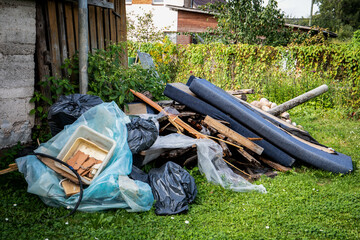
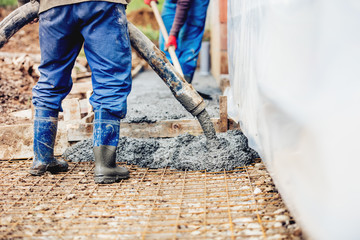
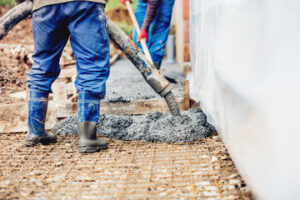
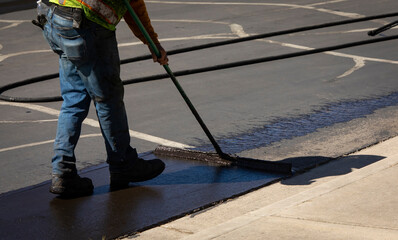
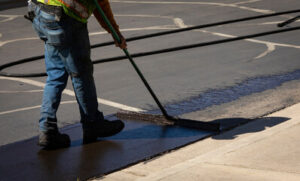

 Installation
Installation
